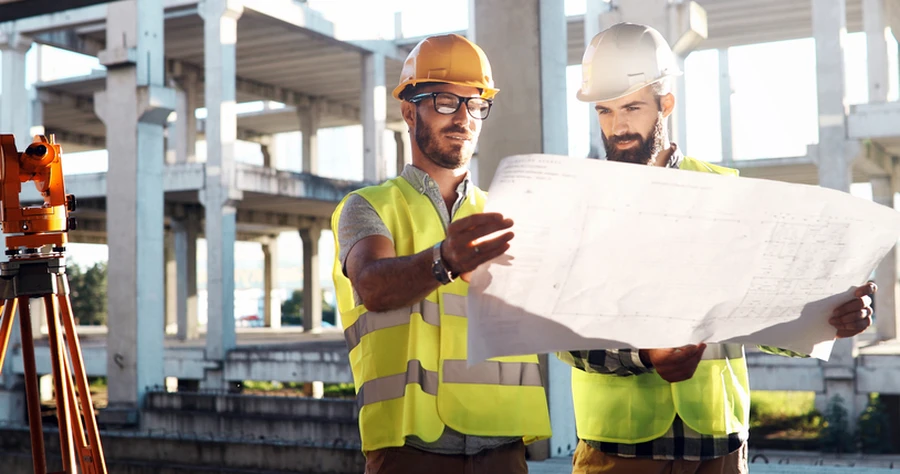Understanding the Importance of Assessing Building Integrity
When buying or maintaining a home, knowing what’s beneath the surface is crucial. Structural issues often hide within the depths of a property’s foundation. These problems can lead to significant damage if not addressed early. A thorough inspection can reveal these hidden threats before they escalate. Discover how this process works and why it matters for your home’s longevity.

The Importance of Early Detection
Catching structural issues early prevents costly repairs later on. Small cracks or uneven floors may seem minor but could indicate serious problems underneath. By identifying these signs early, homeowners can save both time and money. Moreover, early detection ensures that safety remains a priority, protecting residents from potential hazards.

Signs That Indicate Structural Problems
Various indicators suggest underlying structural issues. Visible cracks in walls, doors that don’t close properly, or uneven flooring are tell-tale signs. Additionally, water pooling around the base of a house can point to drainage problems affecting the foundation. Regular foundation inspection helps spot these symptoms before they worsen.
The Process of Inspecting Foundations
A typical inspection involves several steps to ensure thoroughness. First, inspectors check for visible cracks or gaps in the building’s exterior and interior surfaces. Next, they look at the soil around the foundation for signs of erosion or poor drainage. Using specialized equipment like levels and measuring tools, they assess any shifts in the structure’s alignment. Finally, advanced techniques such as thermal imaging might be employed to detect hidden moisture or voids inside walls.
- Check for cracks and gaps in surfaces
- Assess soil conditions around the building
- Use levels and measuring tools for alignment checks
- Employ thermal imaging for deeper insights
Expert Recommendations for Preventing Damage
Experts advise regular maintenance to prevent foundation deterioration. Simple acts like ensuring proper drainage away from the house can make a big difference. Additionally, inspecting gutters and downspouts regularly prevents water accumulation around the foundation. Homeowners should also monitor trees and plants near the house as their roots may disrupt the soil stability.
- Maintain proper drainage systems
- Inspect gutters and downspouts frequently
- Monitor plant and tree growth around the property
Industry Standards and Compliance
Adhering to industry standards is key in conducting effective inspections. Compliance with local building codes ensures all evaluations meet necessary legal requirements. Trained professionals follow established protocols to deliver accurate assessments. This adherence not only guarantees quality results but also offers peace of mind to homeowners regarding their investment.
Cost Considerations Involved in Inspections
The cost of an inspection varies based on several factors. The size of the property, its age, and geographic location all influence pricing. While costs might seem high initially, investing in a professional assessment can prevent expensive future repairs. Ultimately, understanding these aspects allows homeowners to budget effectively while prioritizing their home’s safety.
Make Informed Decisions with Professional Guidance
For reliable support in uncovering hidden structural issues, contact our team today. Located in Prescott Valley, AZ, we specialize in comprehensive inspections tailored to your needs. At Right Way Foundations, our experts use cutting-edge techniques to safeguard your property’s integrity. Call us at (928) 968-4830 for personalized service that ensures peace of mind.
